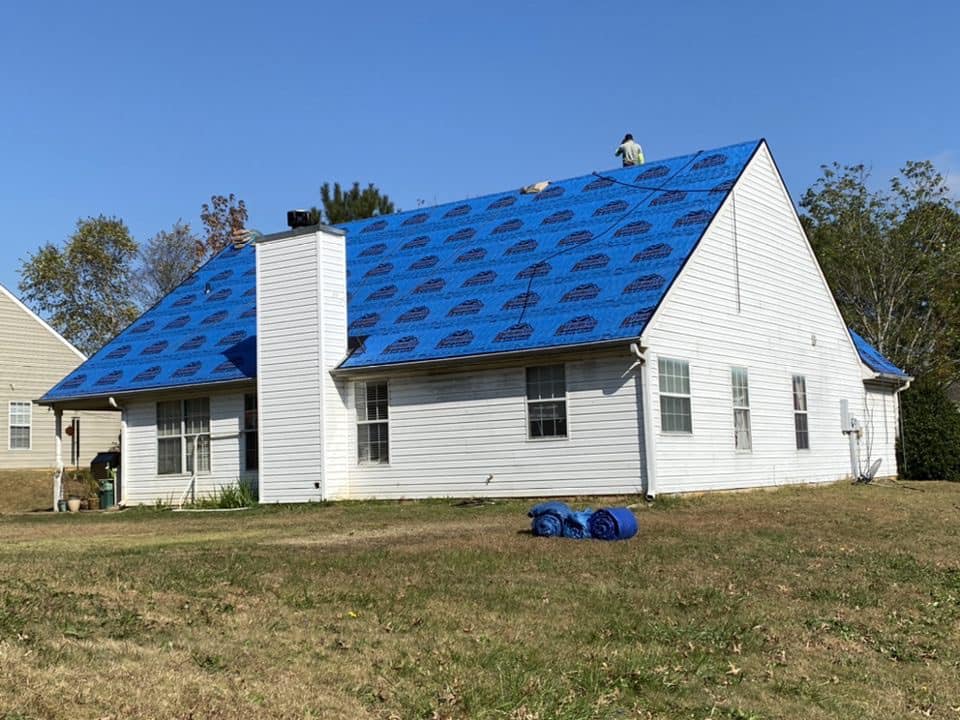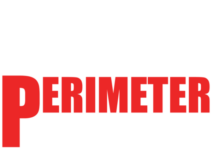How in the world do you determine what roof pitch is best for your house?
We’ve created an all-you-need-to-know guide about the best roof pitch for your house, and everything you need to know about it. We’ll even show you the most common roof pitch!
1. Roof Pitch is Represented as a Fraction
Determining roof pitch and what it means looks complicated, but in actuality, it’s easy to figure out. All pitch means is the steepness of the roof. The numbers used to represent roof pitch, like 6/12, correspond to how many inches the roof rises for every 12 inches in depth. So, a 6/12 pitch means that the roof rises 6 inches for every 12 inches of depth. This could also be seen as a simplified fraction, like 1/2.
2. The Weather Where You Live Determines the Pitch You Need
The weather is a very important factor when determining what pitch your roof needs. For example, if you live somewhere with heavy snowfall, you’ll likely need a steeper pitch. This way the snow doesn’t sit on your roof and potentially cause damage; it’ll simply slide off. We don’t have that problem here in the south, but it’s still important to consider.
The best roof pitch for the south is a low pitch roof. It creates a cooler interior due to having less space to cool down. This could be a game-changer for those hot summer days. That being said, as we don’t have a lot of dangerous weather conditions to worry about down in the southern United States, you can really choose whatever roof pitch works best for the design of your house.
3. Your Roof Pitch Determines the Materials You Can Use
Due to safety concerns and building codes, you can’t use just any material on your roof. Here’s the breakdown:
- Low pitch roofs (2/12 or less) — shingles aren’t allowed. You’re better off with membrane or metal roofing.
- Standard pitch roofs (3/12-9/12) — shingles work best here, as does pretty much any other type of material.
- High pitch roofs (10/12 and up) — metal or tile are good options.
4. Pros and Cons of Low Pitch Roofs
There’s an upside and a downside to every type of pitch. Here’s what we think about low pitch roofs:
Pros:
- More cost-efficient — less space to cover-up
- Easier to walk on — which means it’s easier to repair
- Cooler interior — there’s less space for heat to get trapped
Cons:
- Bad draining from rain — this could eventually result in roof damage
- Lots of debris — leaves, limbs, pine straw, and pretty much everything can get stuck up there
- Little attic space — better temperature, less storage

5. Pros and Cons of High Pitch Roofs
Keeping that in mind, let’s take a look at what we like and dislike about high pitch roofs:
Pros:
- Less maintenance — less chance of damage means less repair work
- Good draining from rain — even less damage to worry about
- More attic space — for all your storage needs
Cons:
- Difficult to access — better leave that to the professionals as it can be dangerous
- More materials required — there’s a lot of area to cover up there
- Harder to keep cool — with attic space comes more space to regulate temperature

Do You Need Help Determining What Roof Pitch Looks Best?
We can help! Give us at Perimeter Roofing a call and let us help you design and install your perfect roof. We can also help you with general roof repairs and maintenance if you’re not ready for a new roof yet. We serve GA, FL, TN, and AL. Schedule a free consultation today!
Low pitch roofs are best for solar panels. The sunlight can get to the panels easiest when there aren’t too many angles to fight against.
Standard roof pitches (3/12-9/12) are seen the most. They even out the pros and cons of high and low pitch roofs. Plus, shingles work best with this angle.
A slope of 4/12 or higher is recommended for metal shingles. For structural panel systems, a pitch of 1/2/12 or higher is recommended.
